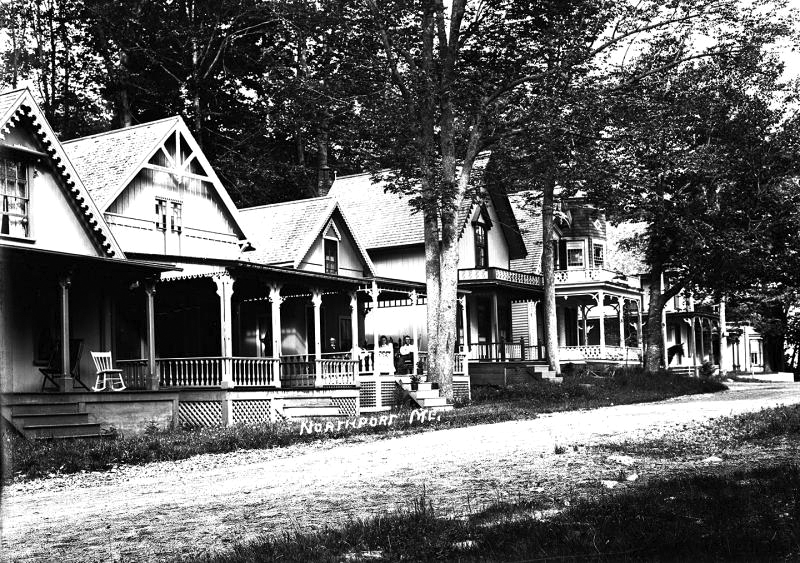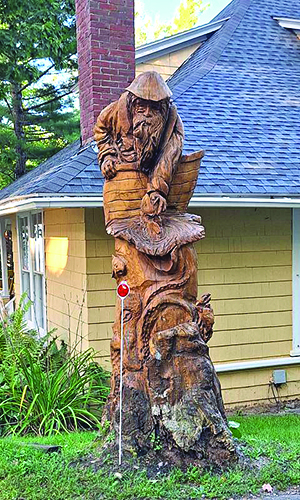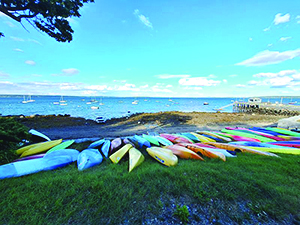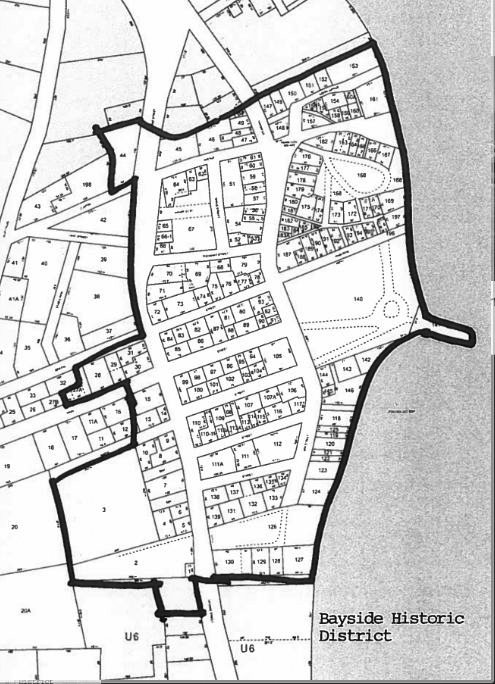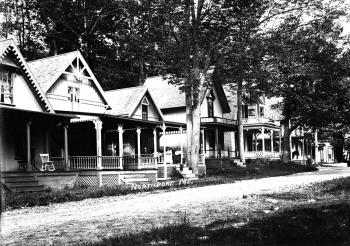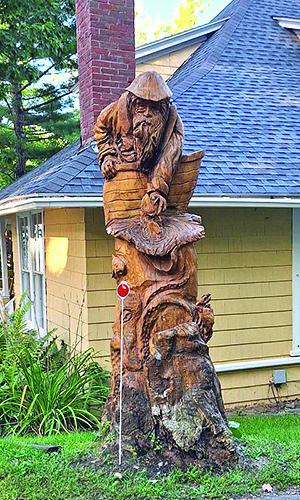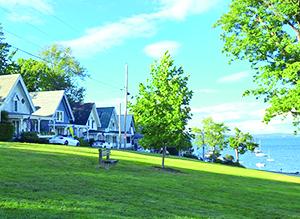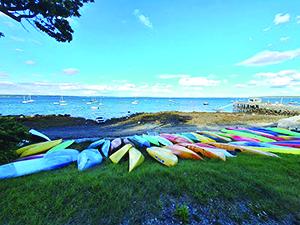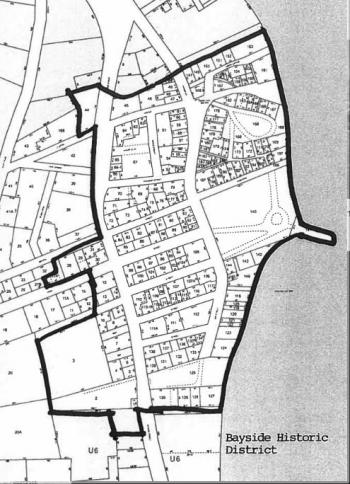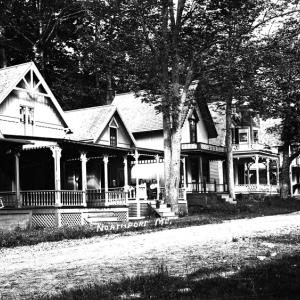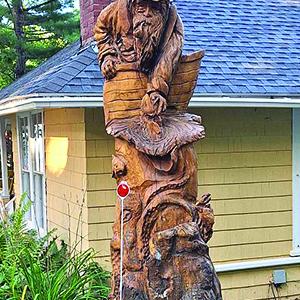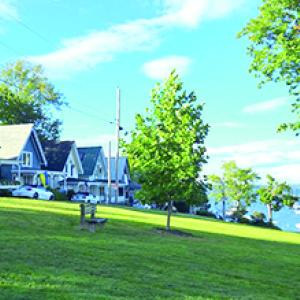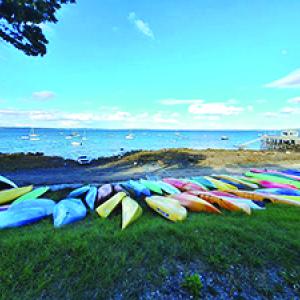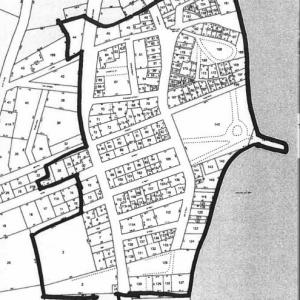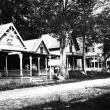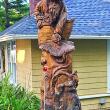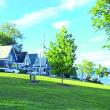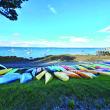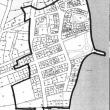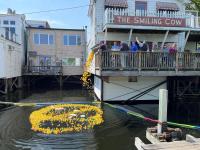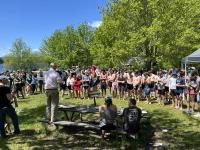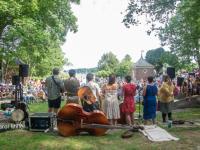Bayside Historic District: From religious camp to seaside village
Many are most familiar with Northport as a pass-through enroute to Camden and Belfast; but,nestled on Northport's shoreline is the picturesque village of Bayside. It lies just off of Route 1, and the drive to it takes you down winding turns with breathtaking views of the sea.
On the shores of Penobscot Bay, the Bayside Historic District in Northport offers a glimpse into late 19th-Century life. Originally a Methodist camp meeting ground, the 30-acre enclave evolved into a cherished summer retreat while maintaining its historical charm and architectural beauty. Today, it is popular with visitors and residents, and though there are those who remain year-round, the village comes to life with the deluge of summer visitors.
The name Bayside didn’t start appearing until the early 20th Century. The origins of the name are fuzzy, although one theory has it is that the name appeared on mail in 1905-1906 from the post office after being canceled. There is also the possibility the name is more practical in its origins, simply referencing the fact the camp was on the edge of Penobscot Bay.
Religious camp to summer retreat
A 28-acre parcel of land to be used as the camp was purchased by several individuals in September 1848. The land was transferred to trustees of the Northport Camp Ground Association, consisting of 23 Methodist churches in Knox and Waldo counties.
The summer camp ground was established in 1849 when the Northport Wesleyan Grove Camp Meeting, founded by Methodist congregations from Knox and Waldo counties, was held. Initially, the camp was akin to local campgrounds at the time, with tents and a recreational area to socialize and practice religion.
The site grew in popularity, leading to the formal transfer of the property to the Association circa 1850. Infrastructure rapidly followed, with roads, parks, and cottages replacing tents by the early 1870s. In February 1873, the Maine Legislature granted incorporation the Northport Wesleyan Grove Camp Meeting Association, allowing for expansion and the construction of key facilities, including a wharf for steamships. By 1878, more than 100 cottages had been built on the the grounds of the village.
In 1915, creation of the Northport Village Corporation was approved by the Maine Legislature, allowing the village the right to tax and govern its designated area. It was regarded as a somewhat independent additional governing body within the town of Northport. Today, Northport Village Corporation has jurisdiction over much of the village.
Architectural significance
The cottages at Bayside, with many built between 1873 and 1915, reflect a mix of architectural styles, including Gothic Revival, Queen Anne, and bungalow/craftsman.
The gingerbread-style cottages are notable, with their whimsical design and storybook charm. The fanciful homes are densely arranged on small sloping streets with the sea just below. The district’s natural slope toward the bay adds to its picturesque setting, with mature trees and well-maintained parks contributing to its charm.
Transition to a (largely) summer enclave
In the late 19th Century, Bayside transitioned from a religious camp to a summer retreat. As transportation improved and the middle class grew, the area became a popular destination for seasonal visitors. Stylish cottages were constructed, and amenities such as the Wesleyan Grove House Hotel catered to an increasing number of guests. By the early 20th Century, Bayside had fully embraced its new identity as a summer retreat, with the name “Bayside” replacing its camp meeting origins.
The incorporation of the Northport Village Corporation marked Bayside’s shift to a secular summer colony. The new entity took over civic duties. Religious activities dwindled in the 1920s and 1930s, with the last camp meeting held in 1932 and the auditorium demolished in 1935. The dissolution of the Northport Wesleyan Grove Camp Meeting Association by the late 1930s finalized Bayside’s transformation.
Preservation of Historical Character
Despite the changes, Bayside has retained much of its historical integrity. Many of the cottages from the early 1900s remain, and the district’s parks and open spaces have been preserved. New construction has been minimal, maintaining the area’s historical footprint. Today, Bayside is celebrated as one of Maine’s most intact examples of a 19th Century camp meeting ground, attracting visitors and summer residents who value its blend of history, architecture, and natural beauty.

